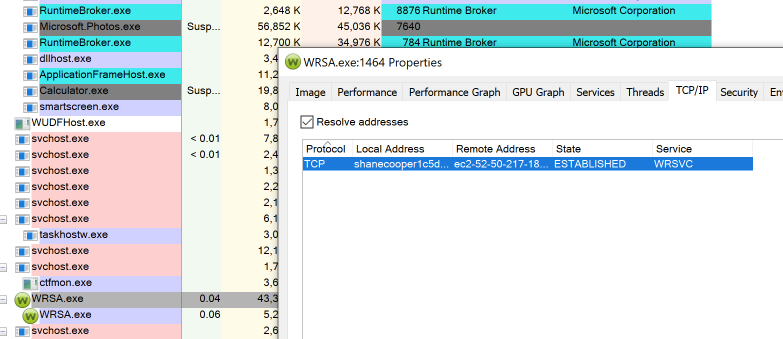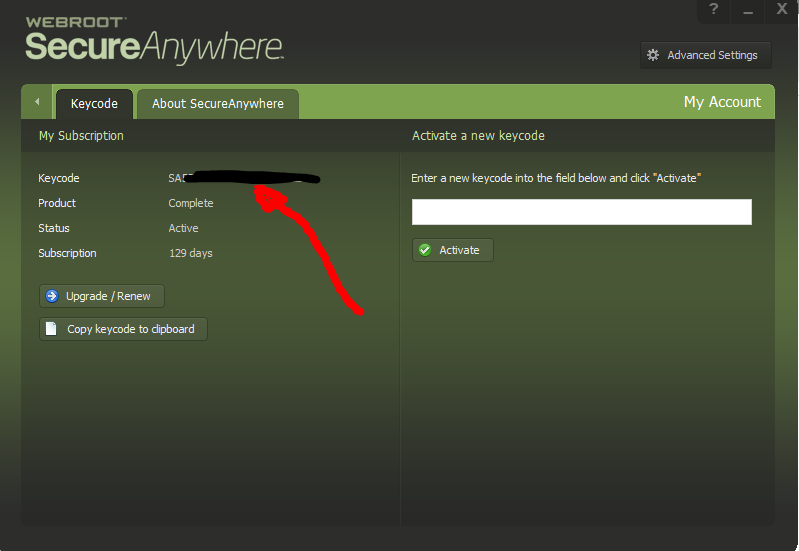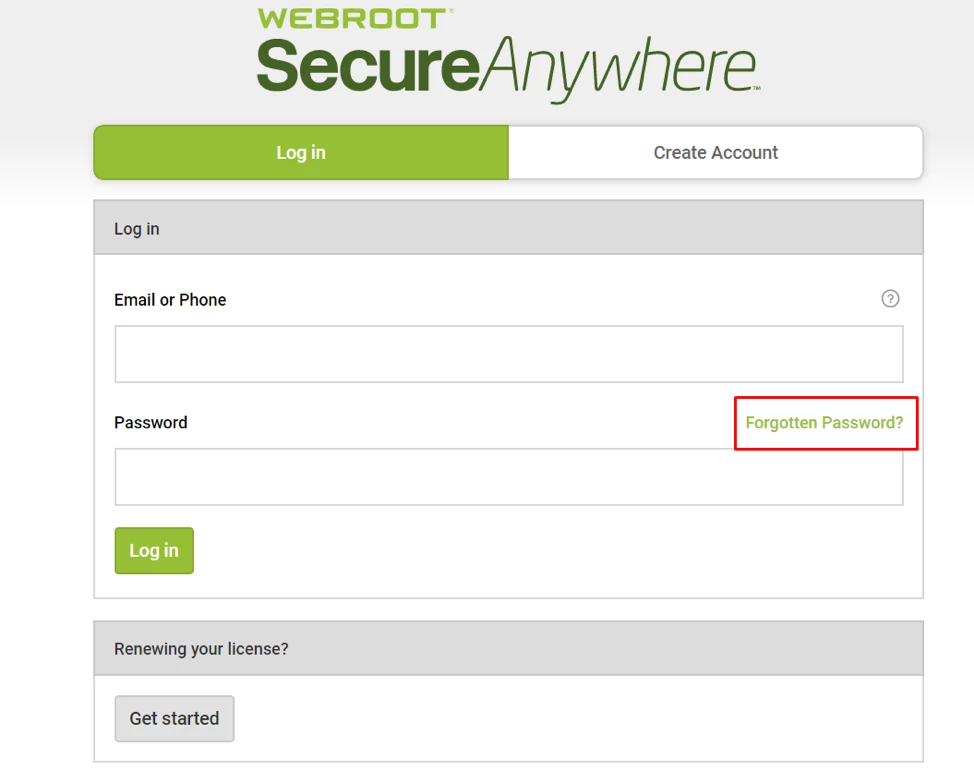
- #Webroot console how to#
- #Webroot console install#
- #Webroot console upgrade#
- #Webroot console registration#
- #Webroot console software#
Click Back to return to the Entities page.The information presented will depend on what Webroot products are in use by that device. Use the tabs at the top to navigate through the information available. Click the device to open the device details page.box, enter the name (full or partial) and click the blue magnifying glass button. To search: At the top of the page in the Search for.To navigate: Under the Sites & Groups column, expand the Site and click the Group that contains the device.You can either navigate to the group that contains the device or search for it:.Log in to the Webroot Management console.This has a number of possible causes and requires corrective action. Endpoint and DNS Protection policy information When using the Webroot management console, the same device has more than one entry.Here is a partial list of the information provided: Select Save.You can use the Webroot Management console to view information about the devices checking into the console. Scheduling: The Inspector will default to run once a day at the time the Inspector is set up.GSM Parent Keycode: The Parent Keycode found in prior step.** API Key- Client Secret: The Client Secret from the API API Key- Client ID: The Client ID from the API (this should start with client_).Portal Admin Password: Password for the above portal username.This is the email address used to login interactively to the Webroot portal.

#Webroot console upgrade#
Agent with Version 1.9.24 Fails to Upgrade or Uninstall.
#Webroot console how to#
#Webroot console install#
#Webroot console registration#
To create your Webroot Account, you will need either: The registration email sent to you by Webroot OR Your Product Keycode Click the section below to view more information. Turn on ConnectWise Configuration Auto-Updating Before you can log in to the Webroot Management console, you will need to create your Webroot Account.Create a Liongard API Account in ConnectWise.

Updating Liongard Default Dashboards in BrightGauge.

#Webroot console software#
During checkout, Webroot adds on a software CD automatically, which increases the cost by 9.99 (GBP 7.23), so just remove this if you don’t want to purchase it. It gives you an option to increase the number of devices, which comes at an extra cost.


 0 kommentar(er)
0 kommentar(er)
